If there’s one place that has it all—wildlife, history, culture, adventure, and incredible scenery—it’s South Africa. Whether you’re drawn to the call of the wild on safari, the flavours of world-class food and wine, or the rich and complex stories woven into every corner of the country, there’s something here for everyone. To inspire you, here are some fascinating facts about South Africa that make it a truly special place to explore.
Is a Summer Safari a good idea?
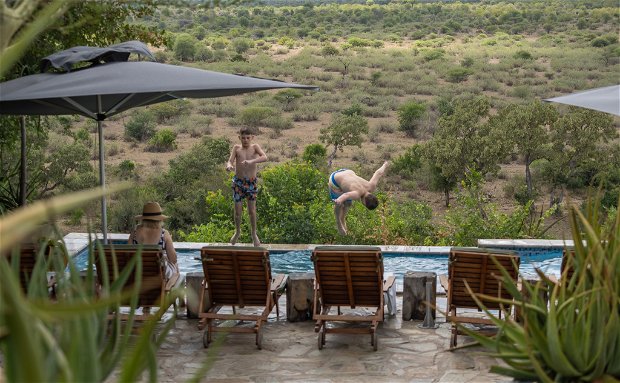
As the northern hemisphere descends into the depths of winter, the opposite is occurring here in the South. Summer officially falls between December and March, although the temperatures begin rising steadily from around October. This makes it an ideal ‘winter sun’ location for a much-needed escape to blue skies and sunshine. But, that’s not the only reason why you should go on a South African safari in the Summer. Here’s a few of our favourite things about this season that we look forward to most…
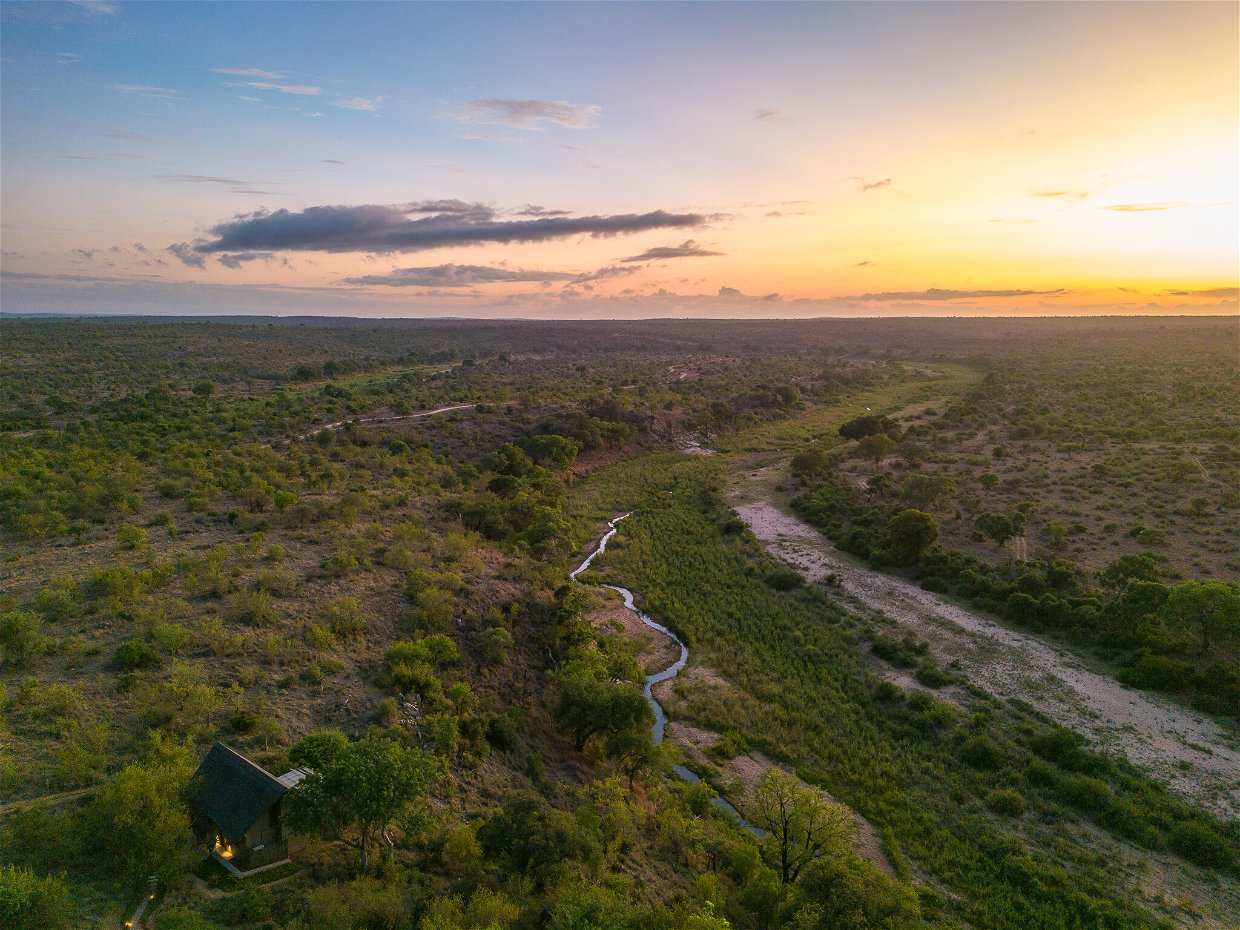
First of all, Summer is known as the ‘wet season’ in our part of South Africa. This doesn’t mean it’s raining all the time, but that the majority of the annual rainfall occurs in these months in the form of occasional but impressive thunderstorms. These dramatic light shows flood the bush with precious water, re-filling waterholes and bringing new life to the vegetation.
Apart from the beautiful, lush greenery and pretty flowers that provide a stunning, colourful backdrop to your wildlife photos, this rainfall is also the cue for a plethora of wildlife to become active in the area. Fascinating insects, intriguing reptiles and the migratory birds that arrive to feast on them – not forgetting the general increase in game like zebra and wildebeest that enjoy the green grass. Better yet, the resident large herbivores like rhino and buffalo love nothing more than spending a hot afternoon in a refreshing mud wallow whilst elephants will take unbridled joy in a splashing swim in the river. One of our favourite things is to sit on the Misava pool deck and watch herds of elephant trumpet with joy as they gleefully play in the river below.
With so much food available for the herbivores, many make use of Summer as their ‘baby season’. Miniature versions of zebra, wildebeest, kudu and impala scamper around in adorable fashion – with impala in particular being an impressive sight. The females have a synchronised birth, meaning nearly all the lambs drop in about a 2-week period. Long, skinny leads and big, floppy ears abound as the herds almost double in size overnight.
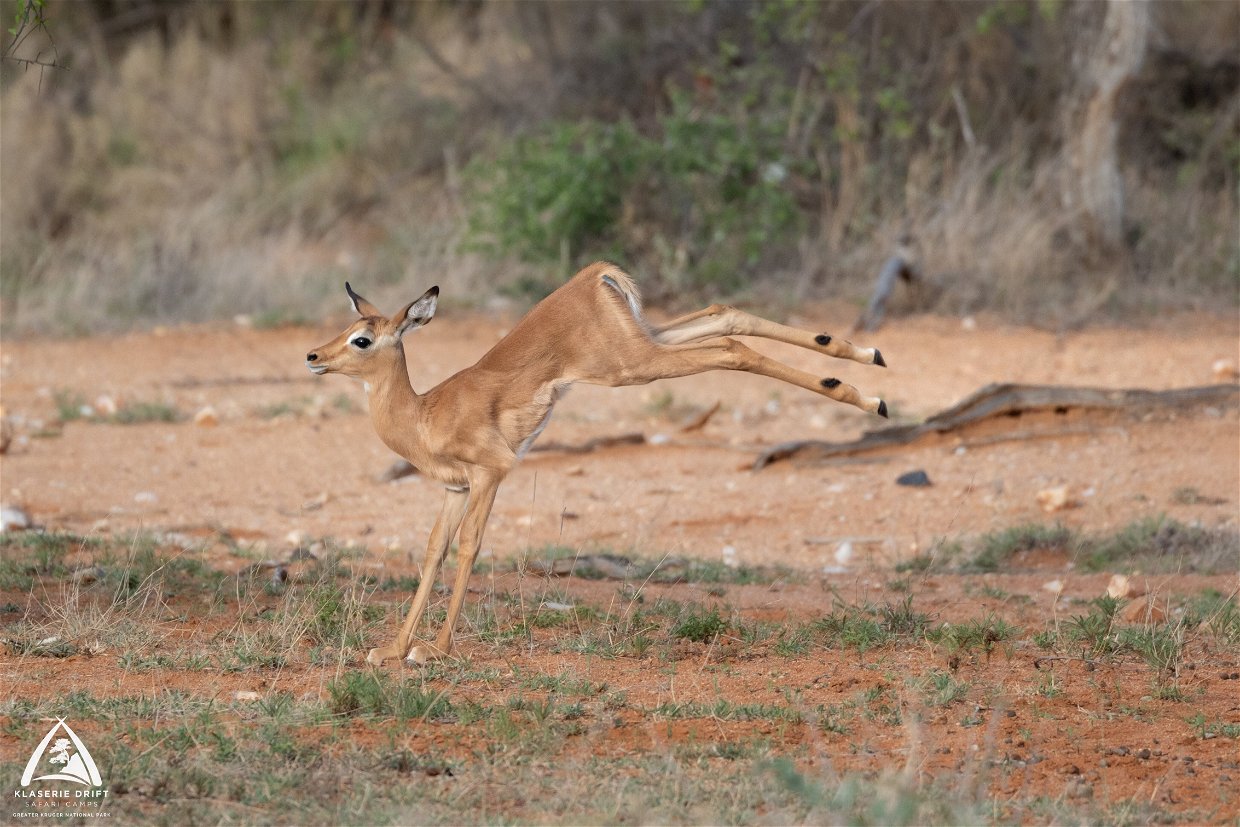
Unfortunately (or fortunately) this burst of new life doesn’t go unnoticed by the predators of the savanna, with many taking advantage of the situation. The success rate for leopard kills dramatically increases as they target young impalas and their mothers, reluctant to flee without their charges. Lions, hyena, jackal, African wild dog – even snakes, crocodiles and martial eagles – the arrival of the lambs is music to the ears of hunters and, sadly, many will perish in their first few months. However, this is the way of nature and those that do survive will go on to strengthen their species whilst the predators enjoy a few months of easy pickings.
Overall, Summer is vastly more beautiful and dramatic than the dry, winter months. Though predator movements can be less predictable, the draw of the impala lambs can generate some incredible sightings and the gushing river is a sight in itself to behold. If you love Africa, you deserve to see her when she’s shining her colours most bright – in our magnificent Summer.
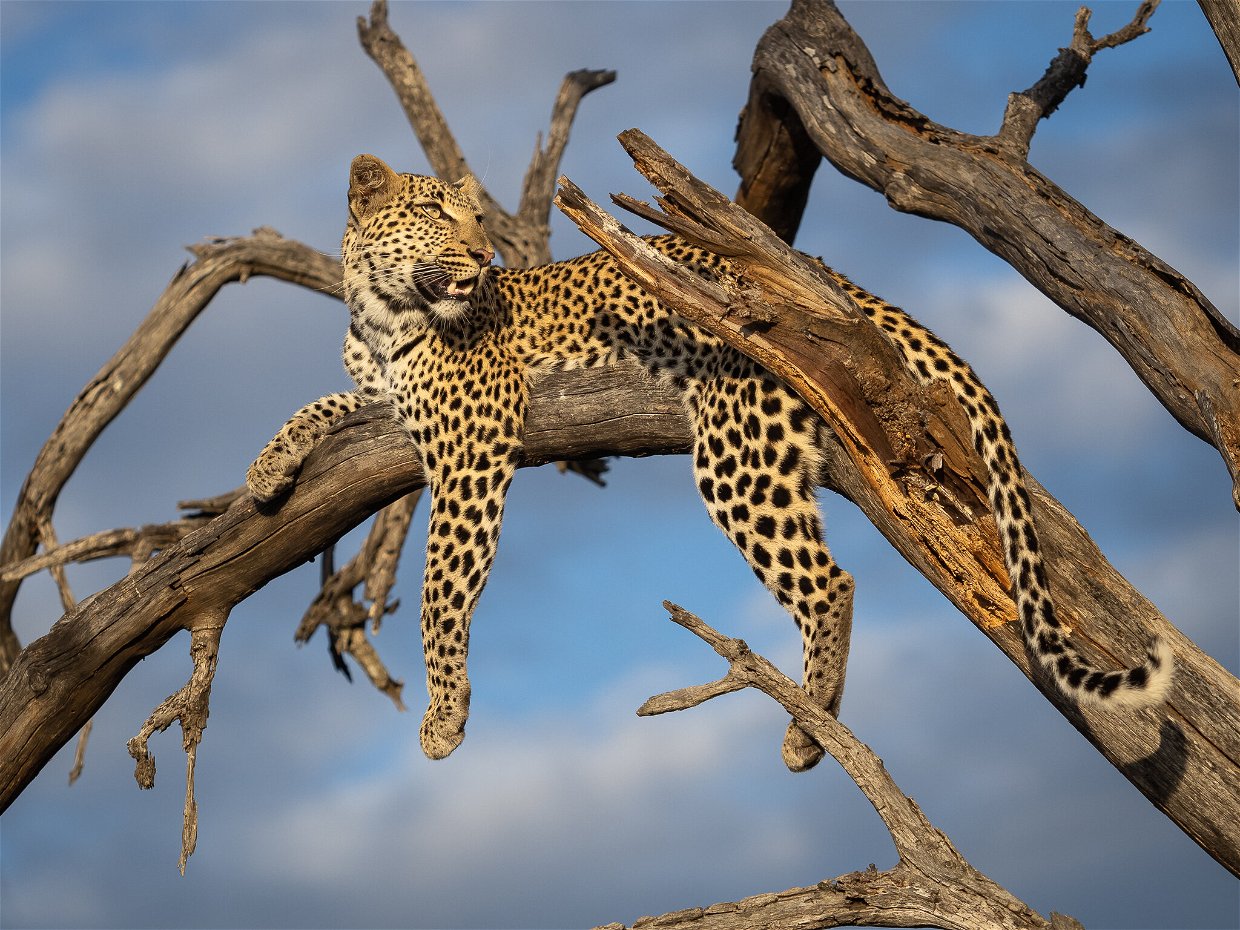
Words Emily Whiting | Photos Emily Whiting and Michael Rads




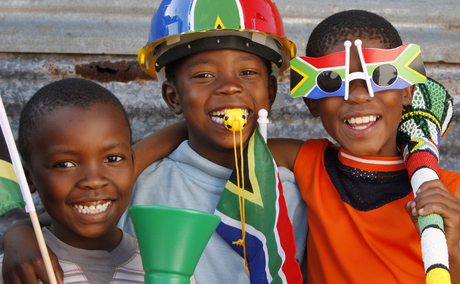

Share This Post